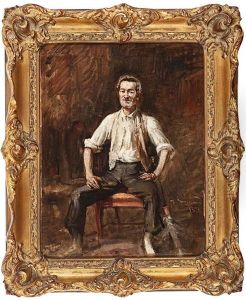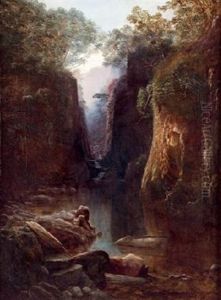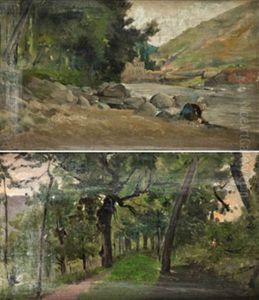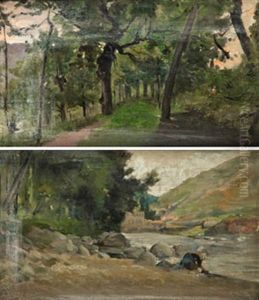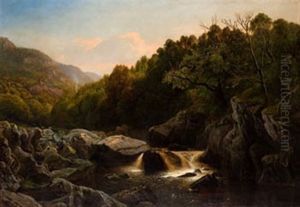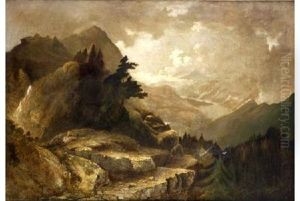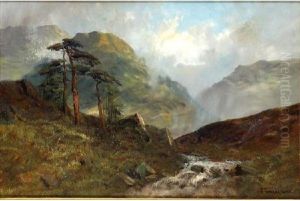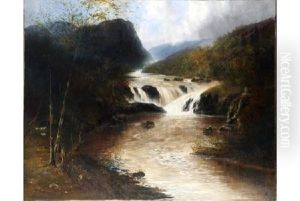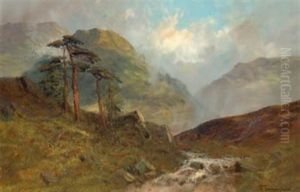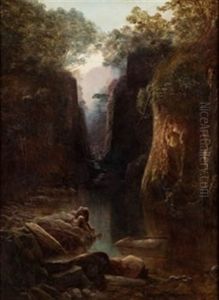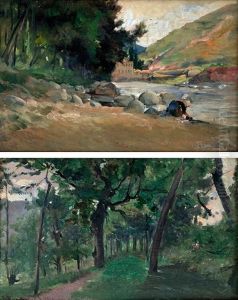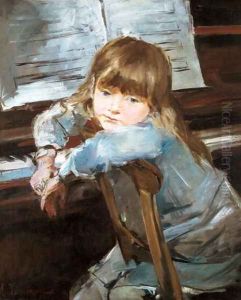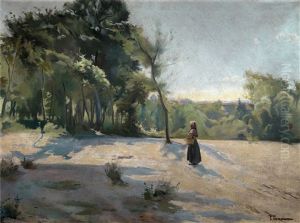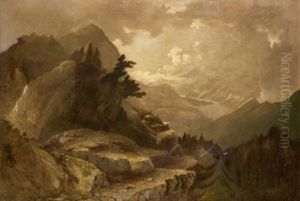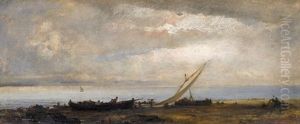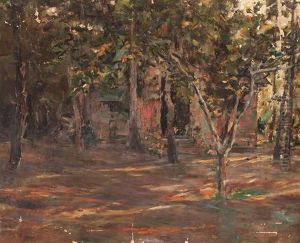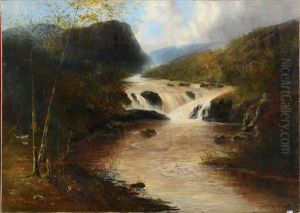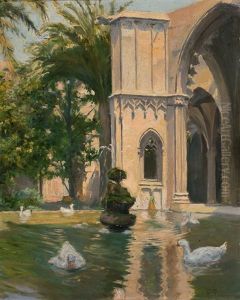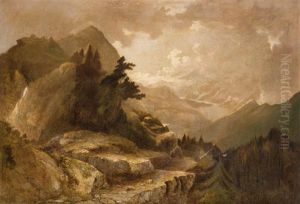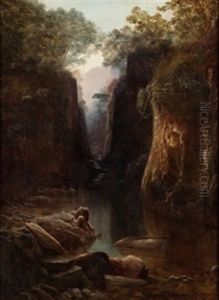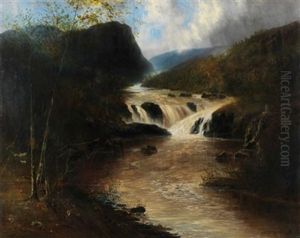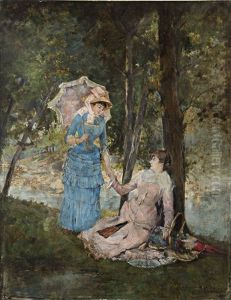Francisco Torrescassana Paintings
Francisco Torrescassana was a Spanish painter born in 1845 in Barcelona, Catalonia. He is primarily known for his historical themes, genre scenes, and portraits. His artistic education began at the Escuela de la Lonja in his hometown, where he studied under the guidance of Ramón Martí Alsina, an influential Catalan painter of the time.
Torrescassana's style was deeply rooted in the academic tradition, reflecting the prevailing tastes of the 19th century. He gained recognition for his technical proficiency and his ability to capture the essence of his subjects. His works often depicted scenes from history, literature, and everyday life with a focus on realism and attention to detail.
In the 1870s, Torrescassana moved to Rome, which was a center for artistic learning and production. There, he was exposed to the work of other artists and the rich tapestry of European art history. This experience further refined his style and broadened his thematic repertoire. During his time in Italy, he also became acquainted with the influential art circles and patrons that would be instrumental in the development of his career.
Upon his return to Spain, Torrescassana's reputation grew as he started to exhibit his work in prominent exhibitions and received various awards. His paintings resonated with the public and were well-received by critics, which helped him secure commissions from wealthy patrons, including members of the Spanish aristocracy and the Church.
He continued to paint throughout his life, embracing a variety of subjects and maintaining a prolific output. His portraits, in particular, were noted for their elegance and expressive quality, capturing not just the likeness but also the character of his sitters. Despite the shifts in artistic trends over the decades, Torrescassana remained committed to his academic roots.
Francisco Torrescassana's contributions to Spanish art were recognized in his lifetime, and he was considered an important figure within the art community. He passed away in 1918, leaving behind a legacy of work that continues to be appreciated for its craftsmanship and historical value. His paintings can be found in museums and private collections, allowing his artistic vision to endure beyond his years.
